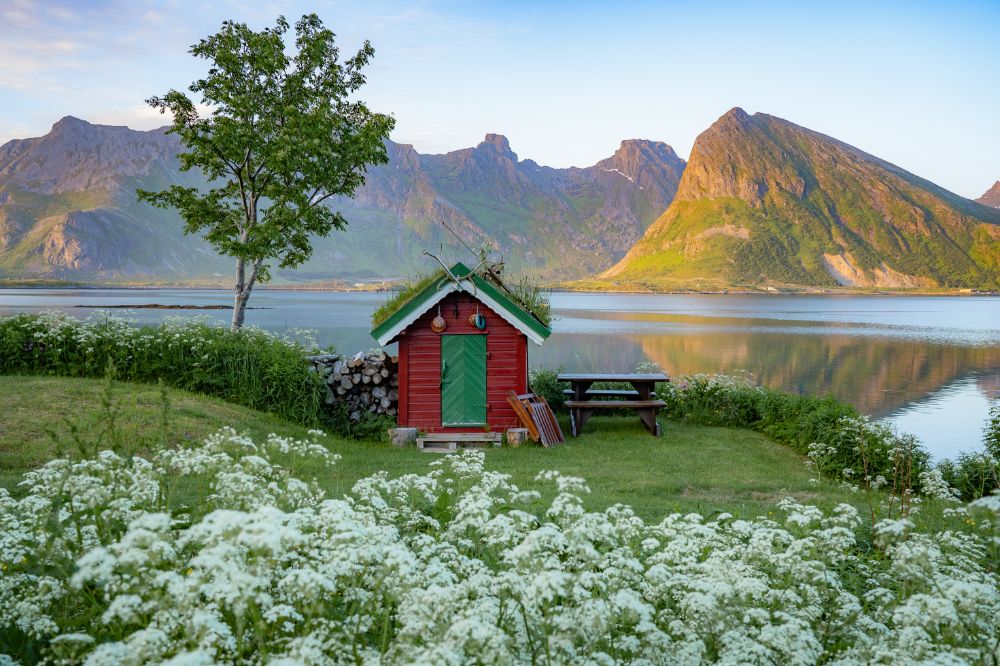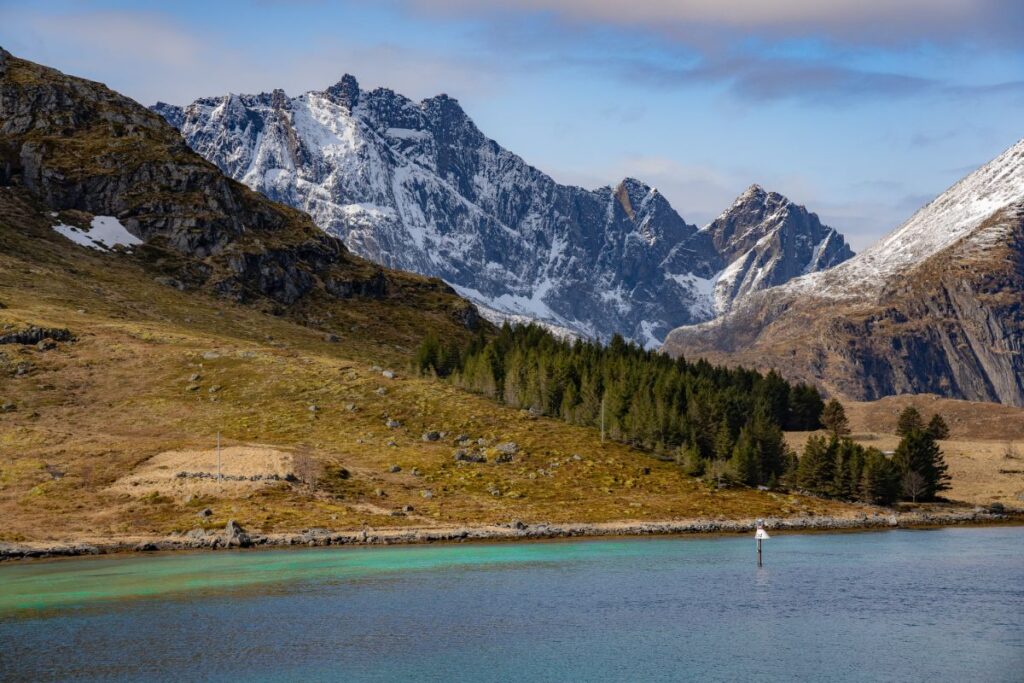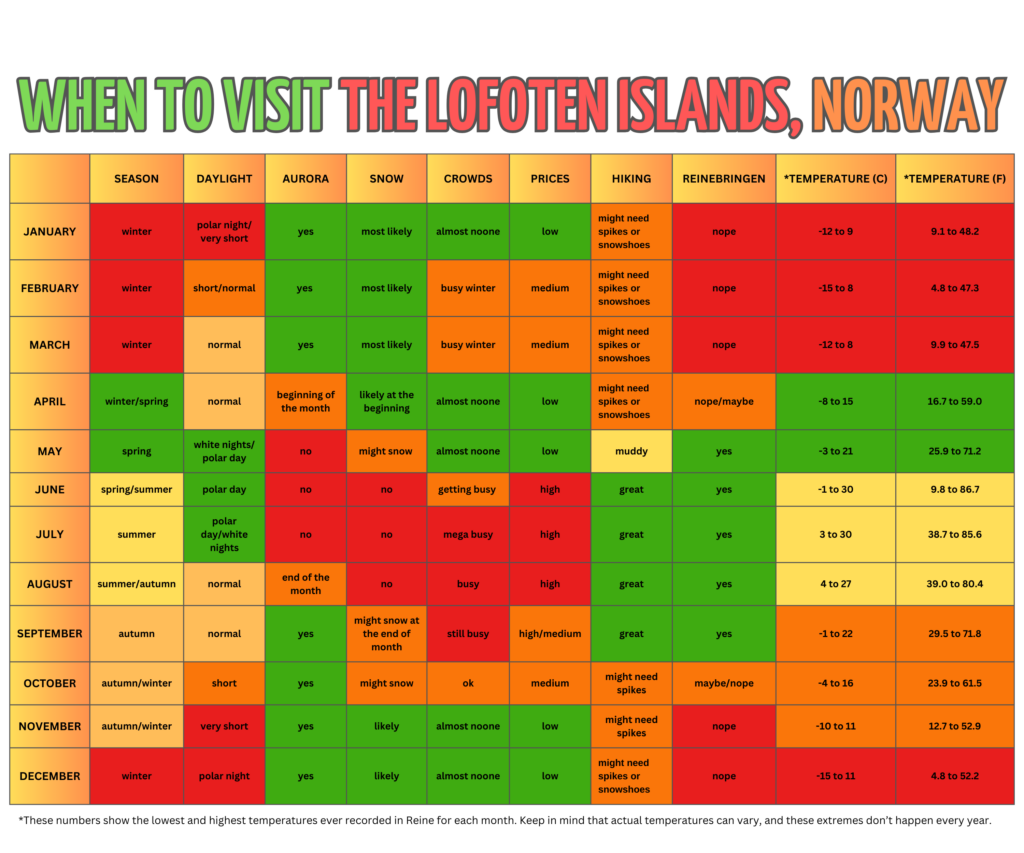BEST TIME TO VISIT LOFOTEN
When is the best time to visit Lofoten? The short answer: it depends on what you want to do. The long answer? Well, grab a coffee or tea, because there’s a lot to consider.
Are you here for the midnight sun, the northern lights, hiking, snow, or just avoiding the crowds?
Lofoten doesn’t follow the traditional four-season calendar you might be used to. Spring and autumn here are more like transition periods—quick and unpredictable. The weather is a whole other story—completely unreliable and unpredictable, no matter the season. You can get summer temperatures in September and snow in May. It might be sunny and warm one day and pouring rain the next. If you come expecting a predictable climate, you’re setting yourself up for disappointment.
But let’s break it down properly, season by season and even month by month.
About us & Best Time to Visit Lofoten According Us

We thought we knew bad weather after years in Oslo, Trondheim, Haugesund—even Svalbard. Then we moved to Lofoten in spring 2021. Turns out, we had no idea.
Lofoten’s weather is wild and unpredictable. Snow in June, green grass in February, storms any time of year. If there’s one thing you should know before coming: the weather here changes fast, is often super local, and doesn’t care about forecasts or averages.
There’s no “best” time to visit—just different moods. Summer has midnight sun and people, winter brings northern lights (and storms), spring is quiet but unpredictable, and autumn? Totally underrated.
Pack windproof and waterproof gear, embrace the unpredictability , and you’ll love it here—just like we do.
Table of Contents
Summer in Lofoten (June - August)
What is considered summer in Lofoten runs from mid-June to about mid-August.
It’s the warmest time of year, and with the midnight sun, you have 24/7 daylight for adventures. If you’ve seen those stunning Instagram shots of turquoise beaches, dramatic mountains, and golden sunlight at 2 AM, this is when they were taken.
That being said, don’t assume “warmest” means warm. The weather can be beautiful and mild, but it can also be cold, wet, and stormy.
Crowds are at their peak, and so are the prices. Campsites, ferries, and parking spots fill up fast. If you don’t like waiting in lines for the ferry or paying triple the price for accommodation, you might want to reconsider visiting Lofoten in summer, though.
Pros and Cons of Visiting Lofoten in Summer
- Midnight sun = endless daylight.
- Warmest temperatures of the year.
- Great for hiking and outdoor activities.
- Ferry schedules are frequent.
- The biggest amount of visitors
- Expensive season for accommodation and rentals.
- Need to book everything far in advance.
- No northern lights – it’s too bright.
Lofoten in June
June kicks off summer in Lofoten, but don’t expect tropical weather. The midnight sun shines 24/7, making it perfect for long outdoor adventures, and the hiking trails begin to dry up—though some higher-elevation hikes might still have patches of snow. This is one of the best months to visit if you want summer vibes without the full-on July crowds.
The first half of June is still relatively quiet. Accommodation and car rentals are easier to find, and popular spots aren’t yet overflowing with people. By mid-June, visitor numbers start rising, but it’s still nothing compared to peak-season July.
Weather-wise, June is a mixed bag. You might get beautiful, mild days with sunshine and clear skies, or you could face chilly temperatures, rain, and the occasional storm. Average daytime temperatures hover between 8–15°C, but the wind can make it feel colder. Layers are key—bring a waterproof and windproof clothes, and a good pair of waterproof shoes.
One downside? The sea is still cold. While the beaches look tempting, expect water temperatures of 7–10°C, so unless you enjoy ice baths, swimming might be limited to quick dips.
Weather and Daylight in Lofoten in June
- 🕒 Daylight Hours: 24 hours (Midnight Sun)
- 🌅 Sunrise/Sunset: Jun 1: Continuous daylight | Jun 15: Continuous daylight
- 🌡️ Temperatures: 9°C to 20°C (48°F to 68°F)
- ❌ Aurora: No
- ❌ Snow: Only on the highest peaks
For historical weather data on a specific day, month, or year, visit yr.no/history. For daylight hours and sunrise/sunset times, head to Timeanddate.com, where you can choose any date you’re interested in.
Lofoten in June: The Bottom Line
June is a great choice if you want to experience Lofoten in summer before the peak-season madness hits. The midnight sun gives you endless daylight for hiking and exploring, and early June is still relatively quiet. By mid to late June, more tourists start arriving, but it’s still nothing compared to July.
Lofoten in July
Let’s not pretend: July is not the time to visit Lofoten if you’re dreaming of peace, quiet, and untouched nature. Yes, the scenery is insane—green mountains, turquoise fjords, and midnight sun lighting up the sky 24/7. But you’ll be sharing it with everyone.
This is peak tourist season. Everything is fully booked or freekishly expensive. Rental cars? Triple the price. Hotels? Good luck. Popular hikes like Reinebringen? Traffic jams on foot (in the middle of the day). Even so-called “hidden gems” are crawling with people who read the same blog post you did.
If you’re planning to wild camp in Lofoten next to the road in your van, know this: so are hundreds of others. The geography of Lofoten doesn’t help—most roads are squeezed between the sea and steep mountains, so there just aren’t many legal or appropriate places to park or camp.
In July, locals see it as a full-blown invasion. More and more “No Camping” signs are going up, and for good reason. Don’t assume you can just pull over and sleep anywhere. You’ll piss people off, and in some cases, you’ll get fined.
The ferries? Expect long waits unless you booked head. (Note: You can only book the Bodø-Moskenes car ferry or Reinefjorden sightseeing ferry).
Weather-wise, July can be fantastic—mild temperatures, clear skies, and even warm, sunny days. But it can also be cold, wet, and miserable for a week straight. There’s no guarantee. Some years, July feels like paradise; other years, it feels like autumn came early. So if you’re booking a trip expecting non-stop sunshine, you might be in for a surprise.
Lofoten in July: The Bottom Line
If you want Lofoten at its most vibrant and don’t mind crowds, July is for you. But if you’re expecting solitude or budget-friendly travel, you’ll be in for a shock.
Want to enjoy July without the madness? Do your activities at night when everyone else is sleeping, or choose some of the less popular hikes from our interactive hiking map of Lofoten.
Weather and Daylight in Lofoten in July
- 🕒 Daylight Hours: 24 - 20 hours (Midnight Sun ends mid-month)
- 🌅 Sunrise/Sunset: Jul 1: Continuous daylight | Jun 15: Continuous daylight
- 🌡️ Average Temperatures: 9°C to 20°C (48°F to 68°F)
- ❌ Aurora: No
- ❌ Snow: Only on the highest peaks
For historical weather data on a specific day, month, or year, visit yr.no/history. For daylight hours and sunrise/sunset times, head to Timeanddate.com, where you can choose any date you’re interested in.
Lofoten in August
August in Lofoten is a month of transition—it starts as summer and ends as early autumn.
The first half of August still feels like peak season, with tourists, campervans, and packed parking lots. And while the crowds do start to thin out later in the month, don’t expect empty roads or deserted trails. The season is extending each year, and more people are visiting well into late August.
Weather-wise? Early August can still have warm(ish) summer days, but by mid to late August, the chill creeps in. Rain becomes more frequent, and the winds pick up. Some years, you get stunning sunsets and crisp, dry air. Other years? Non-stop rain. The temperature starts dropping, too—expect 7–14°C on average, but it can feel much colder with wind and rain.
Hiking is still great in August, but the trails get muddier towards the end of the month. On the plus side, fewer people means slightly more space on the trails and parking lots, but don’t expect complete solitude.
And then, the northern lights return. By late August, the nights are dark enough to catch the first aurora displays of the season. Just don’t expect anything crazy—early-season auroras tend to be weaker, and you still need clear skies (which, as we’ve established, are never guaranteed in Lofoten).
Weather and Daylight in Lofoten in August
- 🕒 Daylight Hours: 19,5 - 15 hours
- 🌅 Sunrise/Sunset: Aug 1: 03:20 – 22:59 | Aug 15: 04:25 - 21:52
- 🌡️ Temperatures: 7°C to 14°C (45°F to 57°F)
- ✅ Aurora: At the end of the month
- ❌ Snow: Only on the highest peaks
For historical weather data on a specific day, month, or year, visit yr.no/history. For daylight hours and sunrise/sunset times, head to Timeanddate.com, where you can choose any date you’re interested in.
Lofoten in August: The Bottom Line
If you want to experience summer Lofoten with slightly fewer crowds, late August is a solid choice. But don’t expect a quiet escape—tourism season now extends well beyond mid-August.
Be ready for unpredictable weather, bring rain gear, and if you’re lucky, you might just catch the first northern lights of the season.
Autumn in Lofoten (September - November)
Autumn in Lofoten runs from the second half of August until mid-November. We usually get two types of autumn: colorful autumn (mid-August to mid-October), when the landscape turns golden and fiery red, and stormy autumn (October and November), when the big storms start rolling in. But you never really know when the autumn storms will hit—sometimes they arrive early, sometimes late.
In any case, autumn in Lofoten is underrated. The northern lights make their return, the crowds thin out, and the landscape shifts from summer greens to vibrant autumn colors.
September is an incredible month for hiking—there’s still daylight, but you can also see the aurora at night. October brings the first dusting of snow to the mountain peaks, making the scenery even more dramatic.
That being said, the weather is unpredictable. Some years, autumn is a perfect mix of crisp air, golden landscapes, and clear nights. Other years, it rains every single day for a month.
The roads can get frosty already at the end of September, and daylight hours start shrinking fast by mid-October.
Pros and Cons of Visiting Lofoten in Fall
- Northern lights are back!
- Fewer tourists = cheaper prices.
- Great for hiking & autumn colours.
- Normal day lenght.
- Weather is a gamble.
- Some businesses close for the season.
- Days get shorter in October.
- Possible frost on the roads and trails.
Lofoten in September
September is one of the best months to visit Lofoten—if you don’t mind rolling the dice with the weather. The peak-season crowds are mostly gone, the autumn colors are spectacular, and the northern lights are back. It’s the perfect month for hiking, photography, and experiencing Lofoten without the July-level chaos.
But let’s talk about the weather. September can be incredible—crisp air, golden light, and calm, clear nights perfect for aurora hunting. Or it can be a complete washout. Some years, we get weeks of beautiful, stable weather. Other years, it rains 30 days in a row. You won’t know until you get here.
Hiking is still great, with trails mostly dry in early September and a dramatic color shift from green to fiery orange and red. The lower trails stay in good shape, but higher elevations might get their first dusting of snow by the end of the month. Fewer tourists mean easier parking, quieter trails, and more space to enjoy Lofoten.
Northern lights? Yes! September marks the true beginning of aurora season. The nights are finally dark again, and while you still need clear skies and solar activity, your chances of seeing the lights are way better than in late August. Plus, it’s warm enough to stand outside without freezing—something you’ll appreciate if you’ve ever tried aurora hunting in January.
The downside? September is the month where summer fully gives up. While the first half can still feel mild, the second half starts slipping into autumn storms. The sea gets rougher, the winds get stronger, and the days start getting noticeably shorter. Some businesses (especially those catering to summer tourists) start shutting down for the season.
Weather and Daylight in Lofoten in September
- 🕒 Daylight Hours: 15-11 hours
- 🌅 Sunrise/Sunset: Sep 1: 05:32 – 20:36 | Jun 15: 06:32 - 19:37
- 🌡️ Average Temperatures: 5°C to 17°C (41°F to 63°F)
- ✅ Aurora: Yes.
- ❌ Snow: Unlikely, but it can happen.
Lofoten in September: The Bottom Line
If you want stunning autumn colors, great hiking, and northern lights without freezing your face off, September is a fantastic choice. But be prepared for unpredictable weather—it could be golden and calm, or it could be a wet, windy mess. Pack for everything, expect nothing, and you’ll have an amazing time.
Lofoten in October
October in Lofoten is moody, unpredictable, and stunning—if you catch it on a good day. If you’re here for photography, northern lights, or dramatic landscapes, this month can be a dream. If you’re expecting stable weather and easy travel conditions, good luck.
By October, autumn is fading, and winter is creeping in. The first half of the month still has some golden autumn colors, while the second half brings fresh snow on the mountain peaks, making for insane contrast against the dark fjords and stormy skies.
When the light hits right, it’s pure magic. But you might also get a lot of rain, wind, and the first proper autumn storms.
The temperatures usually hover between 5–15°C, but it feels colder because of the damp air and strong coastal winds. Storms can be brutal—we’re talking ferry cancellations, road closures, and days where it’s simply not fun/safe to be outside. But in between? Some of the most photogenic moments you’ll ever see.
Hiking in October isn’t off the table, but it’s no longer as straightforward as summer. The lower trails are usually fine, but higher-altitude hikes start getting frost, ice, and even snow by mid-October. If you’re planning on tackling peaks, bring spikes for those slippery sections (or you can rent them from us). And if there’s been fresh snow, know your limits—mountain conditions can turn dangerous fast.
The northern lights can be spectacular in October—long, dark nights and fresh snow make for amazing reflections. But clear skies? That’s another question. If you get lucky and the clouds part, it’s an amazing month for aurora spotting. If not, well… hope you enjoy storm-watching instead.
Weather and Daylight in Lofoten in October
- 🕒 Daylight Hours: 11 - 7 hours
- 🌅 Sunrise/Sunset: Oct 1: 07:19 – 18:29 | Oct 15: 08:10 - 17:31
- 🌡️ Temperatures: 2°C to 11°C (36°F to 52°F)
- ✅ Aurora: No
- ✅ Snow: First dusting on the mountain tops
Lofoten in October: The Bottom Line
October is for those who love dramatic scenery and changing seasons and don’t mind rolling the dice with the weather.
If you get lucky, you’ll have breathtaking landscapes, fewer crowds, and insane photo opportunities.
If not? You might spend a week watching rain slam against your window. Come prepared, bring waterproof clothes, and don’t expect perfect conditions. If you’re okay with that, Lofoten in October might just blow your mind.
Lofoten in November
November in Lofoten is when winter starts creeping in… or not. Some years, you get a beautiful dusting of snow, crisp air, and golden light that lasts for hours. Other years, it’s just dark, wet, and stormy for weeks. One thing is certain—it’s quiet. Tourism slows down, prices drop, and you’ll have the islands mostly to yourself.
November can be breathtaking—clear, calm days with stunning golden light that makes everything look surreal. Or it can be a nonstop storm-fest, with howling winds, rain slamming against your windows, and barely any daylight. Some years, snow arrives early, covering Lofoten in a beautiful winter coat. Other years, it’s just grey, wet, and miserable.
Storms? Most probably. November is one of the stormiest months of the year, and when the big ones hit, ferries are canceled, flights get delayed, and driving becomes an extreme sport. Some days, the wind is so strong that even walking outside feels like a battle. But in between, you might get a few days of absolute perfection.
November has long, dark nights—perfect for aurora hunting. If the skies clear, you have a great chance of seeing the northern lights. The problem? Clear skies are not guaranteed. Some years, November brings multiple nights of stunning aurora displays. Other years, you won’t see a single one in a week because the sky stays covered in clouds. The longer you stay, the better your chances.
By November, hiking is not ideal. Lower trails might still be accessible, but expect mud, ice, or both. Higher-altitude hikes? Forget it unless you have serious winter mountaineering experience. With ice, snow, and unpredictable storms, it’s easy to get into trouble fast. If you do attempt a hike, bring spikes and check the weather constantly.
By November, Lofoten starts to shut down. Many locals take off for Thailand, Bali, or anywhere warm, and seasonal businesses close for the year. Restaurants, cafes, and tour companies reduce their hours or disappear until winter tourism picks up in late January. If you like solitude, this is your month. If you want a lively experience, look elsewhere.
Weather and Daylight in Lofoten in November
- 🕒 Daylight Hours: 7 - 2,5 hours
- 🌅 Sunrise/Sunset: Nov 1: 08:18 – 15:19 | Nov 15: 09:20 - 14:19
- 🌡️ Average Temperatures: -2°C to 10°C (28°F to 50°F)
- ✅ Aurora: Yes
- ✅ Snow: Usually yes, but it doesn't stick for too long
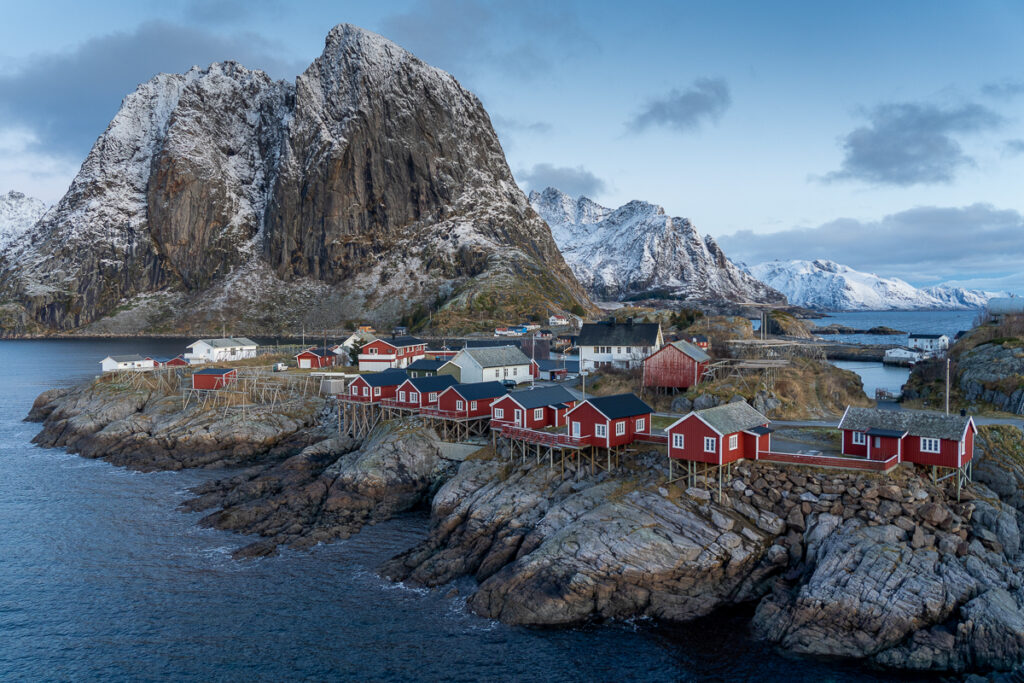

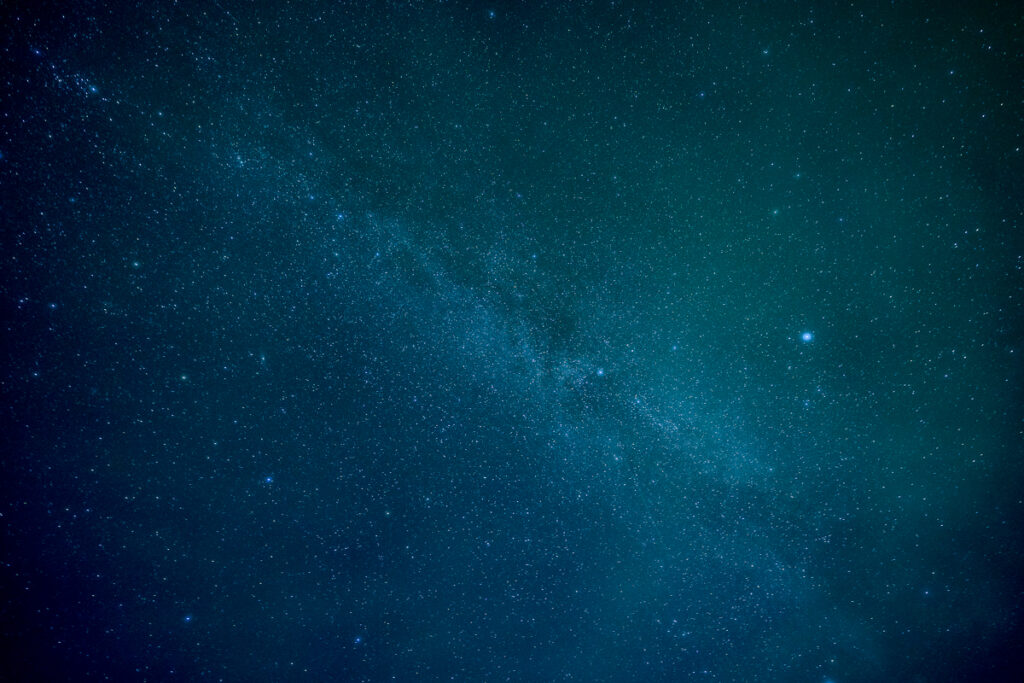
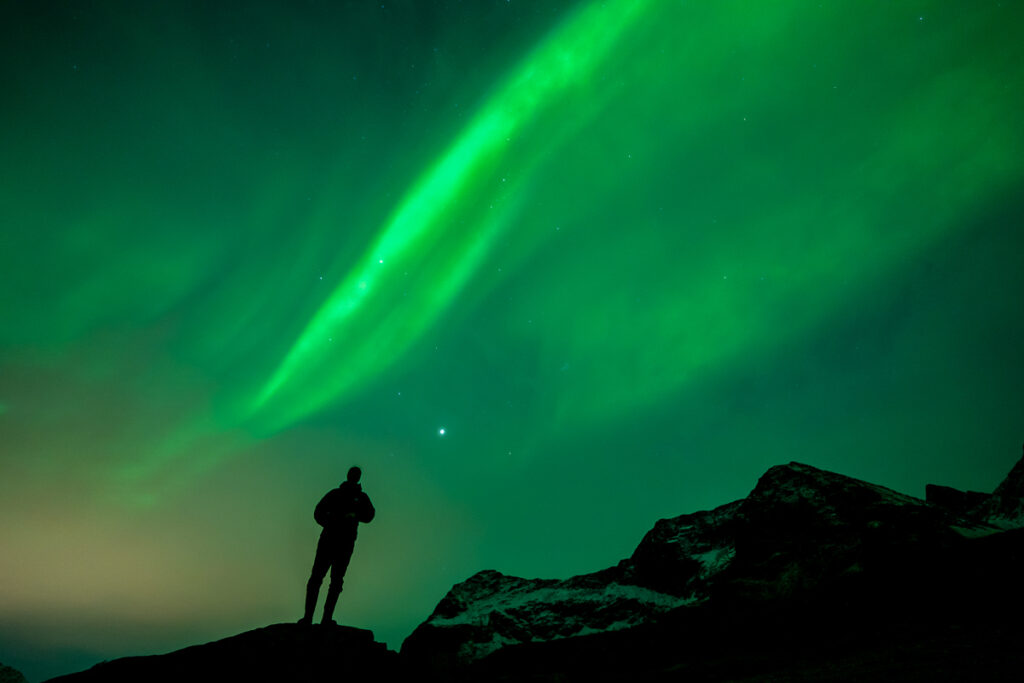
Lofoten in November: The Bottom Line
November is for those who don’t mind uncertainty. It’s quiet, affordable, and can be either stunning or downright miserable. Expect short days, possibly brutal storms, and occasional golden light that makes everything look unreal.
If you’re visiting Lofoten in November, be flexible, pack for all conditions, and get good travel insurance in case of flights and ferry cancellations. If you can handle that, November might just surprise you.
Winter in Lofoten (December - March/April)
If you want northern lights, snow-covered landscapes, and a wild Arctic winter vibe, this is your season. But let’s be clear—winter in Lofoten can be tough.
From mid-November to early January, polar night means no sun at all—great for auroras, not so great if you need daylight and sun to function.
Snow? Maybe. Some years, it arrives already in November, turning Lofoten into a winter wonderland. Other years, it’s just rain and relentless storms.
January to mid April is winter at its best. By then, snow usually sticks, but it’s still coastal winter in Lofoten which means that the temperatures hover around freezing, there is always some wind, and sudden thaws turn roads into skating rinks.
If you’re ready for wild weather, short days, and incredible northern lights, winter in Lofoten is unforgettable. But don’t expect a perfect winter postcard scene—storms, rain, and ice are just as likely, perhaps even more likely than fresh snow and clear skies.
If you’re flexible, well-prepared, and up for an adventure, Lofoten in winter is magic. If you’re expecting guaranteed snow and clear skies every night, go to Finnish Lapland instead.
Pros and Cons of Visiting Lofoten in Winter
- Northern lights season.
- Stunning snowy landscapes. (Hopefully)
- Not so crowded as summer.
- Winter activities like snowshoeing!
- Roughest weather.
- Limited daylight until February.
- Challenging driving conditions.
- Possible rain instead of snow.
Lofoten in December
December in Lofoten is dark, cold, and stormy—but also kind of magical. The sun doesn’t rise, but the Arctic blue light makes up for it (on the rare days when it’s not storming). If you love cozy winter vibes, northern lights, and unpredictable weather, this could be your month. If you need daylight and stable conditions, maybe rethink your plans.
Unlike Tromsø, where Christmas and New Year’s are peak season with sky-high prices and packed hotels, December in Lofoten is low season. And even within Lofoten, there’s a huge difference between east and west.
In Eastern Lofoten (Svolvær area), you’ll find more accommodation, more restaurants, and some activity providers still running tours through December and Christmas/New Year’s. If you want a few more options and a slightly livelier atmosphere, this is the place to stay.
Western Lofoten (Reine area), on the other hand, slows down almost to the point of shutting down. Many locals take time off, and last year, we were the only activity provider in Reine still running tours. If you’re coming to Reine in December, expect solitude—but also very limited services.
Weather? A total gamble. Some days, you’ll get beautiful snowy landscapes and calm, clear nights perfect for northern lights. Other days? Non-stop storms, rain, and hurricane-force winds that keep you inside for days.
Weather and Daylight in Lofoten in December
- 🕒 Daylight Hours: 2 - 0 hours (Polar Night)
- 🌅 Sunrise/Sunset: Dec 1: 10:46 – 13:03 | Jun 15: Down all day
- 🌡️ Average Temperatures: -2°C to 6°C (28°F to 43°F)
- ✅ Aurora: Yes.
- ✅ Snow: Yes, but it can also rain.
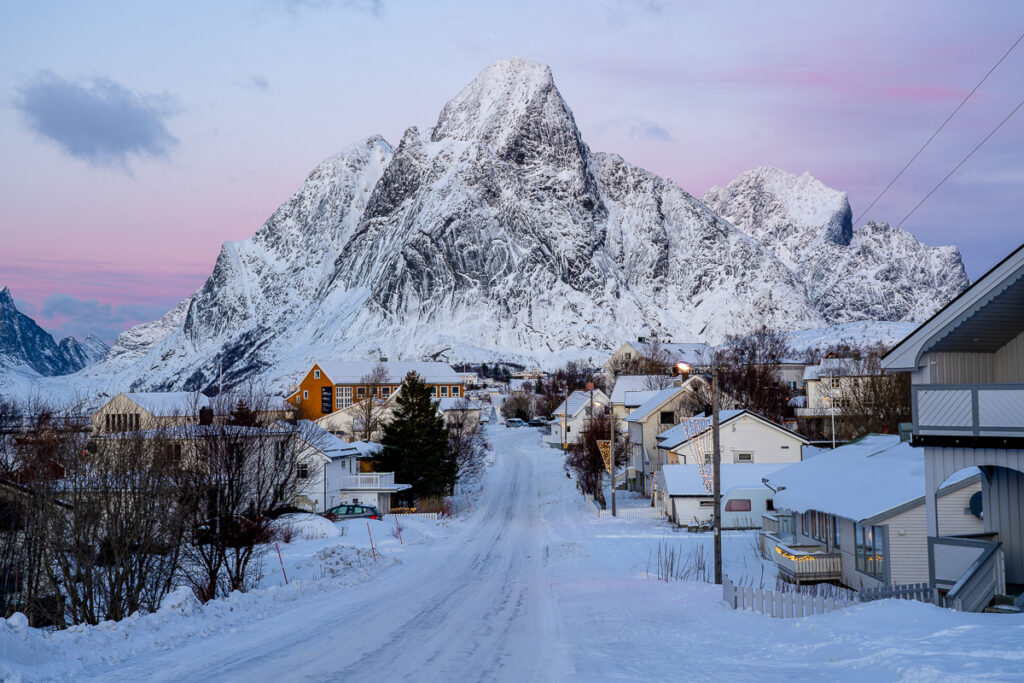
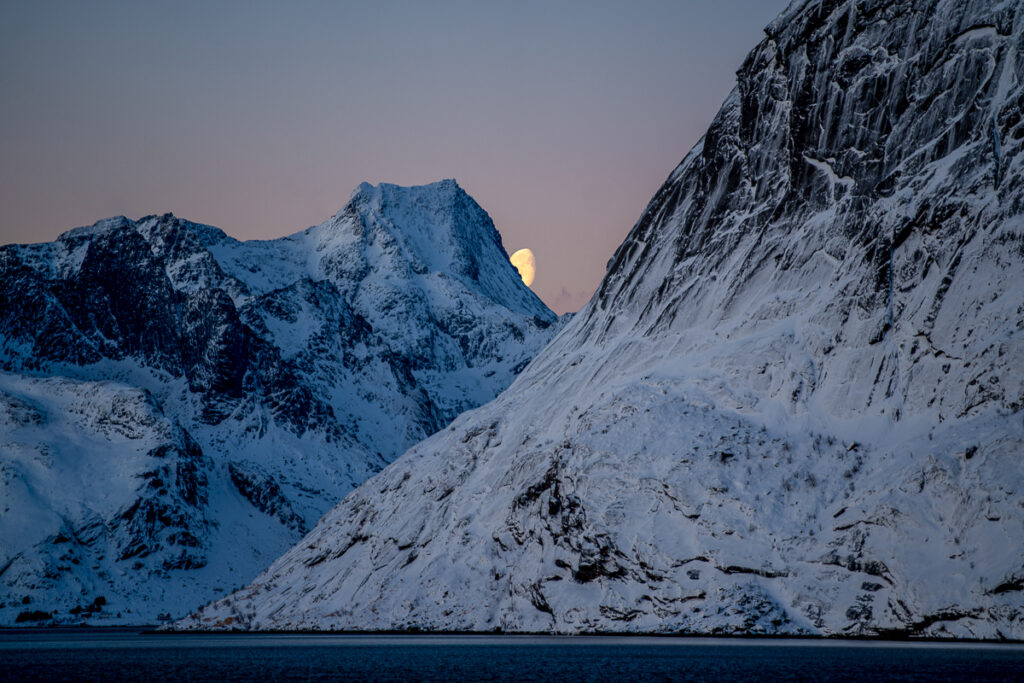
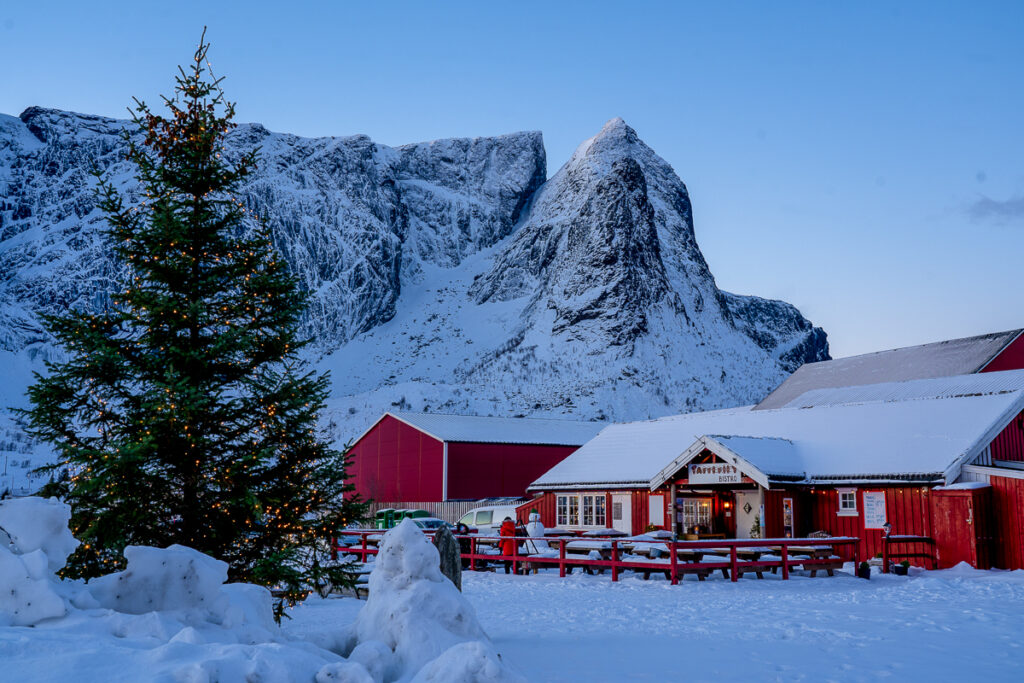
Lofoten in December: The Bottom Line
If you want a quiet Arctic (coastal) winter experience with northern lights and don’t mind wild weather, December can be great.
But if you expect snowy perfection, lots of activities, or a lively Christmas atmosphere, Tromsø or even Finnish Lapland are better options.
Lofoten in January
January in Lofoten is deep winter. The polar night fades, slowly bringing back a few hours of weak daylight by the end of the month. It’s prime time for northern lights, moody landscapes, and dramatic low-light photography.
But it can also be relentless storms, hurricane-force winds, and days where going outside is simply not an option. Coastal temperatures hover around -5°C to +2°C, but with the wind chill, it feels a lot colder. Snow isn’t guaranteed—it can dump one day and rain it all away the next. The constant thaw-freeze cycle turns roads and trails into an ice rink. If you’re walking, ice spikes are a must. If you’re planning to drive, expect black ice and sketchy conditions.
January has long, dark nights, perfect for aurora hunting. If you get clear skies, you have a high chance of seeing the northern lights. But clear skies are never guaranteed. Some years, you’ll get multiple nights of perfect conditions. Other years, you’ll spend most of your trip watching clouds and checking the forecast in frustration. If seeing the aurora is your main goal, you simply need to get lucky or you should stay as long as possible to increase your chances.
Most hiking trails are covered in ice and snow, making January hiking challenging at best, dangerous at worst. If you’re experienced with winter hiking and have the right gear (crampons, poles, and proper clothing), lower-altitude hikes with no avalanche danger are still possible. But if you don’t know what you’re doing, stick to sightseeing (if you’re comfortable with winter driving), or join a guided hike or sightseeing tours.
Weather and Daylight in Lofoten in January
- 🕒 Daylight Hours: 0-6 hours
- 🌅 Sunrise/Sunset: Jan 1: Down all day | Jan 15: 10:41 - 13:50
- 🌡️ Temperatures: -7°C to 6°C (19°F to 43°F)
- ✅ Aurora: Yes,
- ✅ Snow: Yes (but it can rain too!)

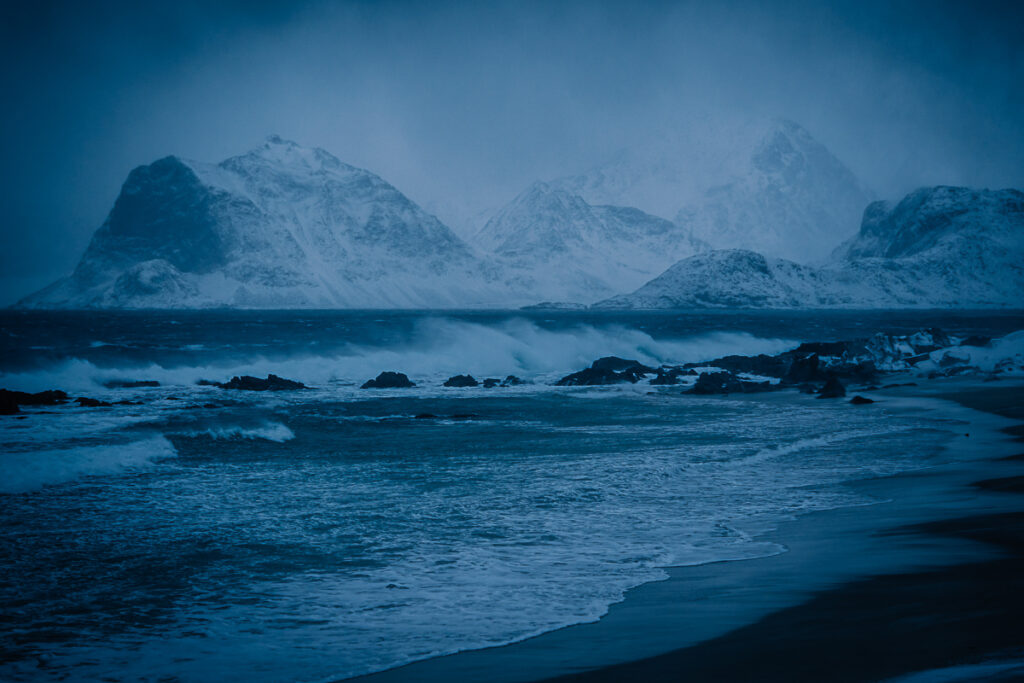
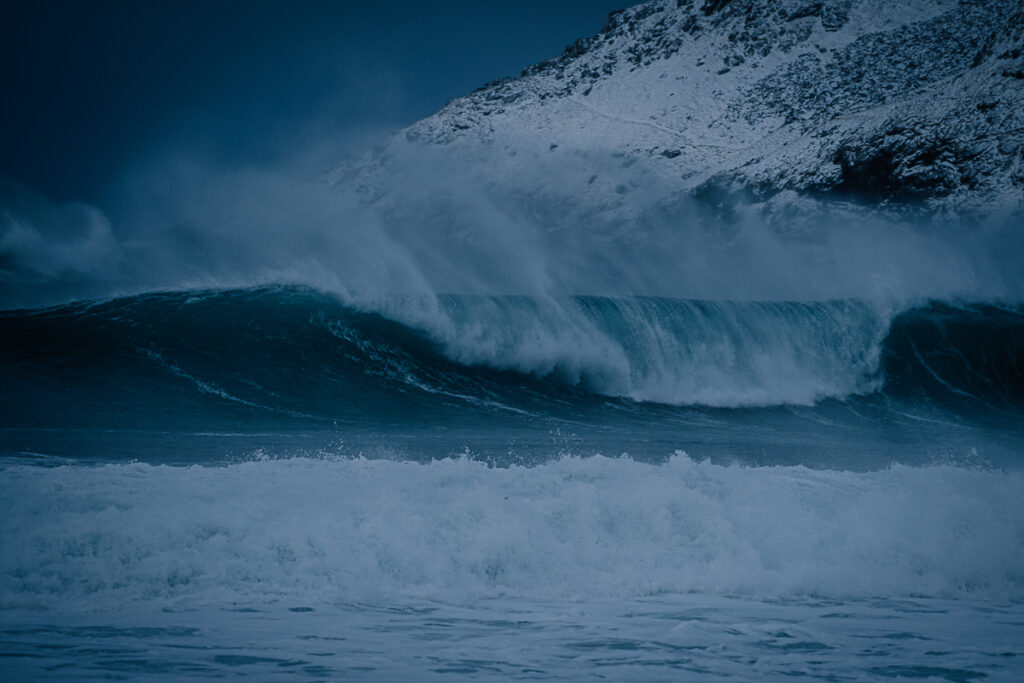
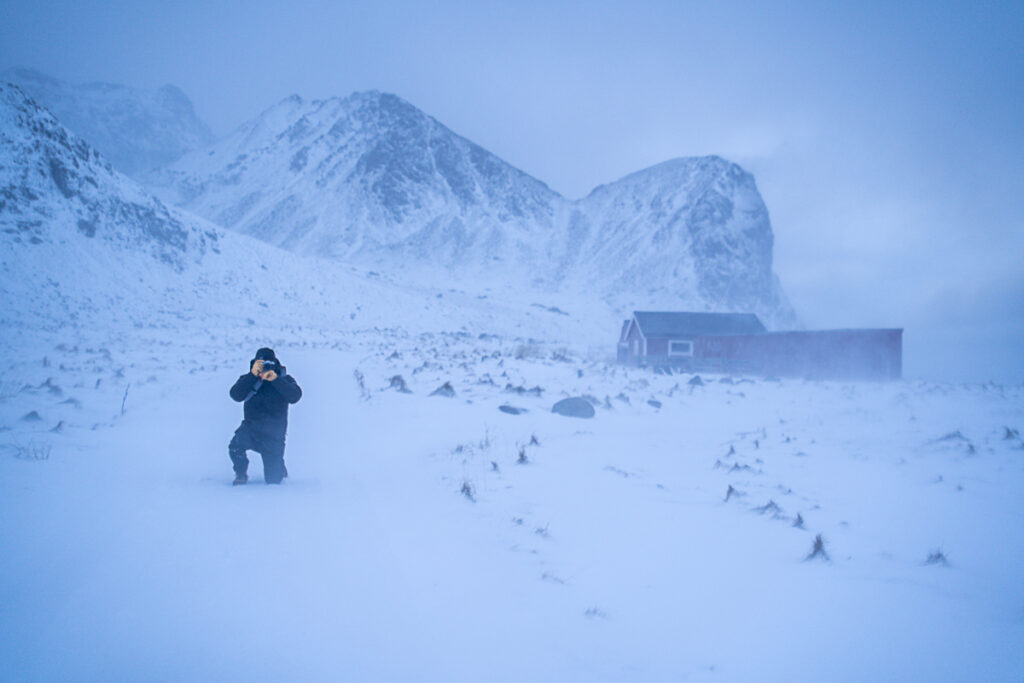
Lofoten in January: The Bottom Line
January is a dream for photographers—soft Arctic light, long sunrises and sunsets, and stunning contrasts between snow-covered peaks and dark fjords. The days are slowly getting longer, but it’s still deep winter, meaning plenty of time for northern lights hunting.
However, it’s unpredictable. One day, you get crisp, clear skies and perfect reflections; the next, you’re stuck inside watching a storm shake the windows. Snow isn’t guaranteed, and thaw-freeze cycles can turn everything into an ice rink making driving extremelly challenging.
On the plus side, it’s incredibly quiet. January sees fewer tourists than February and March, making it ideal for those who want to experience Lofoten without the crowds. If you’re prepared for changing conditions, tricky roads, and the occasional storm keeping you inside, January can be an unforgettable time to visit.
Lofoten in February
February in Lofoten is deep winter at its best—and busiest. The mountains are (usually) covered in snow, the days are getting longer, and it’s prime time for northern lights and photography. This is why we call it “tripod season”—the stunning Arctic light, frozen landscapes, and dramatic skies make it a dream for photographers, but you won’t be alone.
It’s peak winter tourism, so expect more people, higher prices, and crowded photo locations.
The weather can be beautifully crisp or a chaotic mix of snow, rain, and ice, with sudden storms still disrupting travel. You never know.
Hiking is possible, thanks to decent daylight and generally more stable weather than autumn or early winter, but conditions vary. Some trails will be inaccessible, while others will require snowshoes or winter gear.
If you’re after classic winter wonderland shots and one of the best months for aurora hunting, February is a solid bet—just be prepared to share the views.
Weather and Daylight in Lofoten in February
- 🕒 Daylight Hours: 6 - 9,5 hours
- 🌅 Sunrise/Sunset: Feb 1: 09:24 – 15:15 | Feb 15: 08:24 - 16:16
- 🌡️ Average Temperatures: -12°C to 7°C (10°F to 45°F)
- ✅ Aurora: Yes
- ✅ Snow: Usually yes.
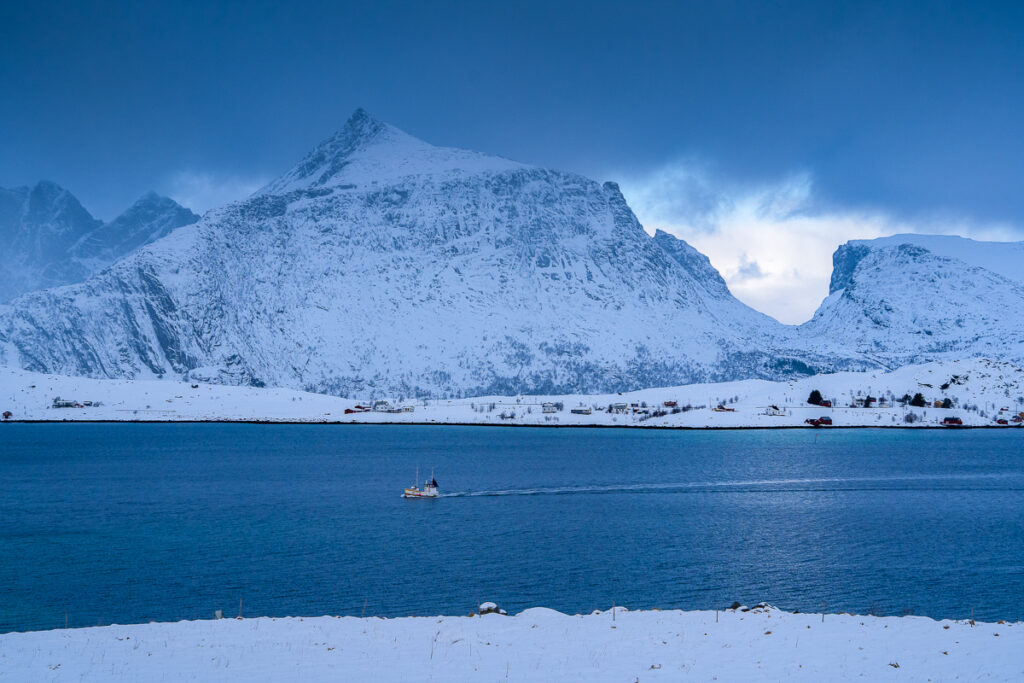
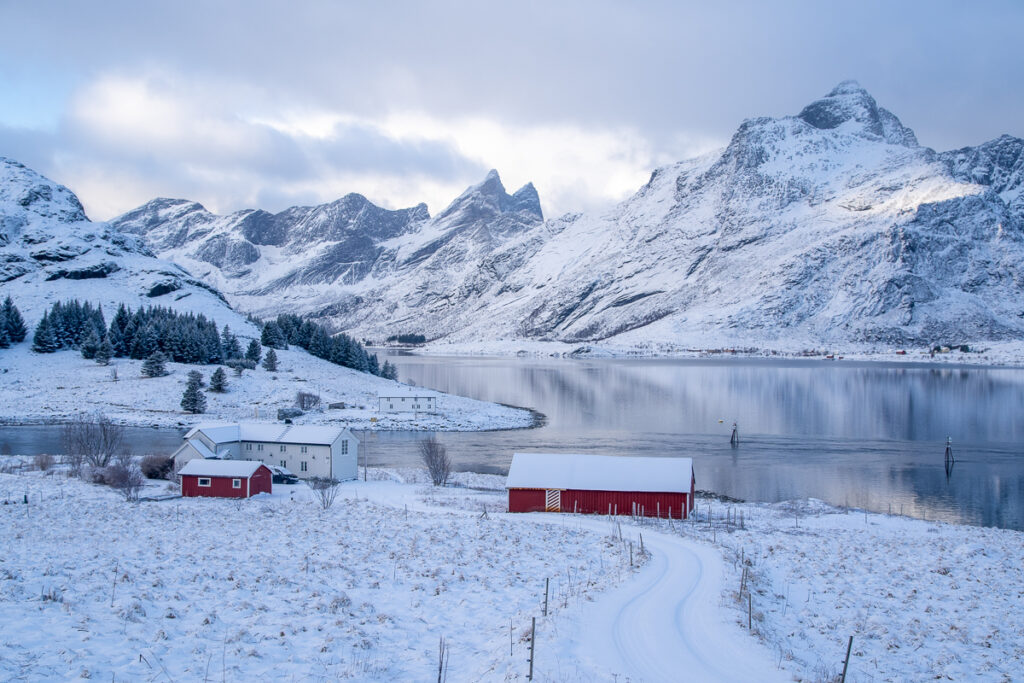

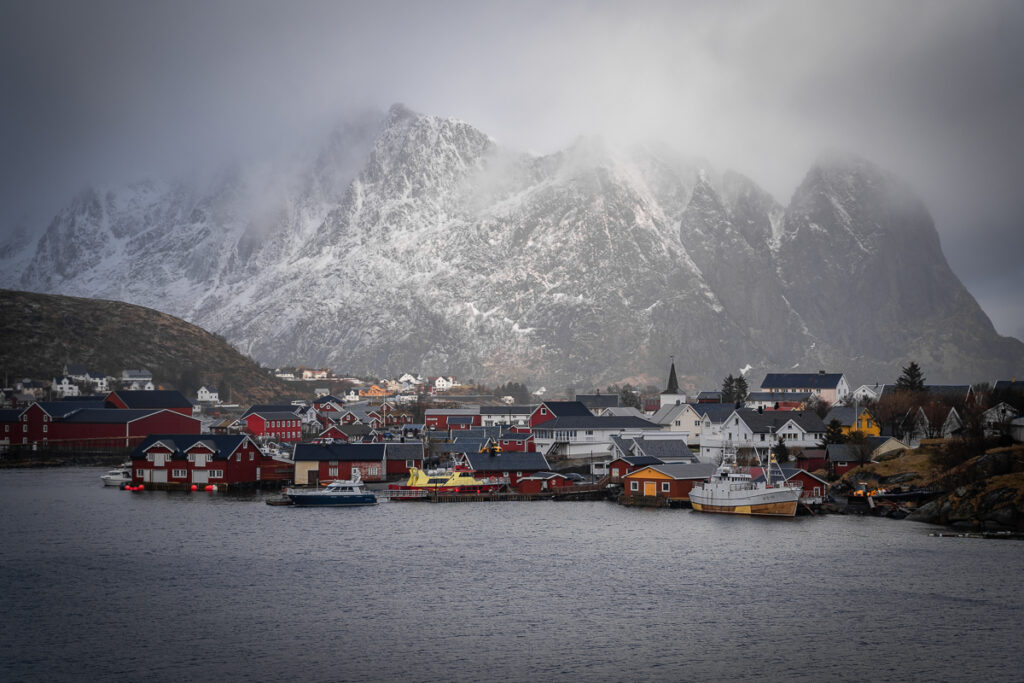
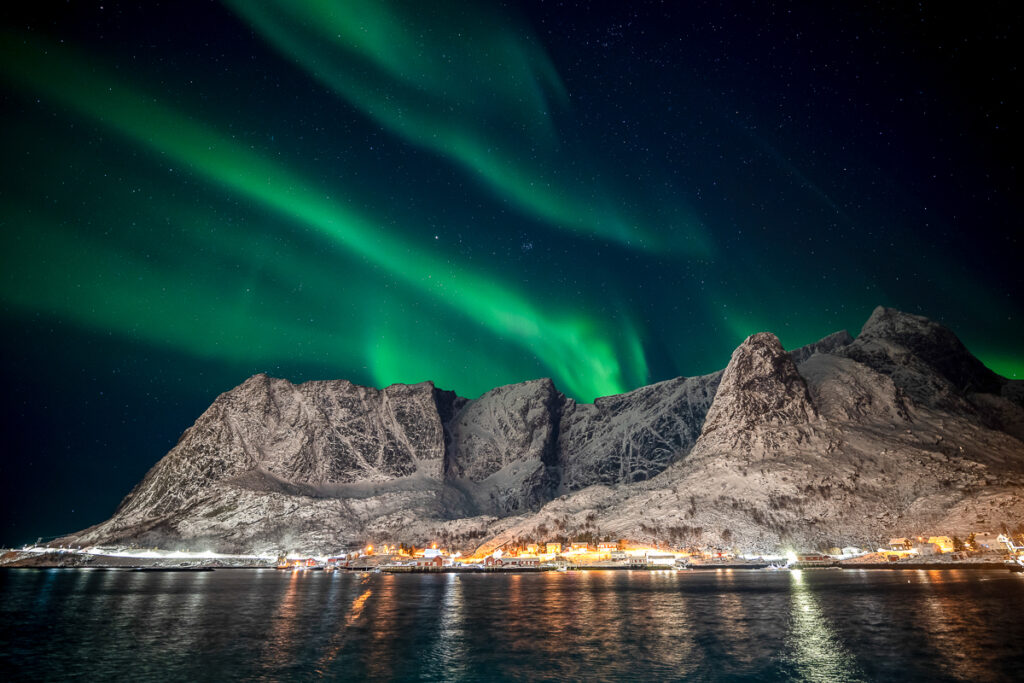
Lofoten in February: The Bottom Line
If you want classic winter wonderland shots, February is one of your best bets.
The landscapes are breathtaking, the days are long enough for adventure, and the auroras are still going strong.
But it’s also the busiest winter month, so expect crowds, higher prices, and competition for the best photo spots.
Lofoten in March
March is still very much winter in Lofoten—but not always in the way you’d hope. Some days, it’s a perfect Arctic wonderland with deep snow, beautiful auroras, and crisp, cold air. Other days, it’s weirdly warm, slushy, or icy as hell. One day everything looks magical, and the next, it’s a slippery mess of melting snow and refrozen ice.
Aurora hunting is still solid through March, but the days are getting noticeably longer. By early April, the night sky isn’t dark enough for great northern lights, so March is the last reliable month for auroras.
March (especially the second half) is not as crowded as February, but it’s still part of the winter tourism season, so expect a decent number of visitors, especially photographers.
Weather and Daylight in Lofoten in March
- 🕒 Daylight Hours: 10 - 14 hours
- 🌅 Sunrise/Sunset: Mar 1: 07:25 – 17:12 | Mar 15: 06:27 - 18:04
- 🌡️ Average Temperatures: -3°C to 4°C (27°F to 39°F)
- ✅ Aurora: Yes.
- ✅ Snow: Usually, but there can be long snow-free periods
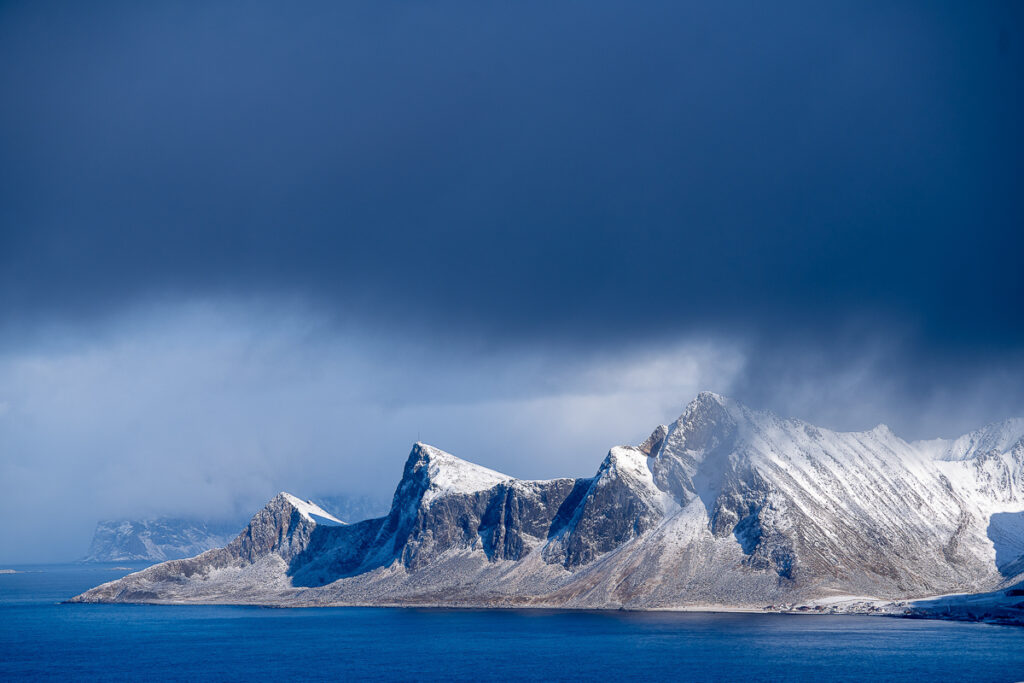
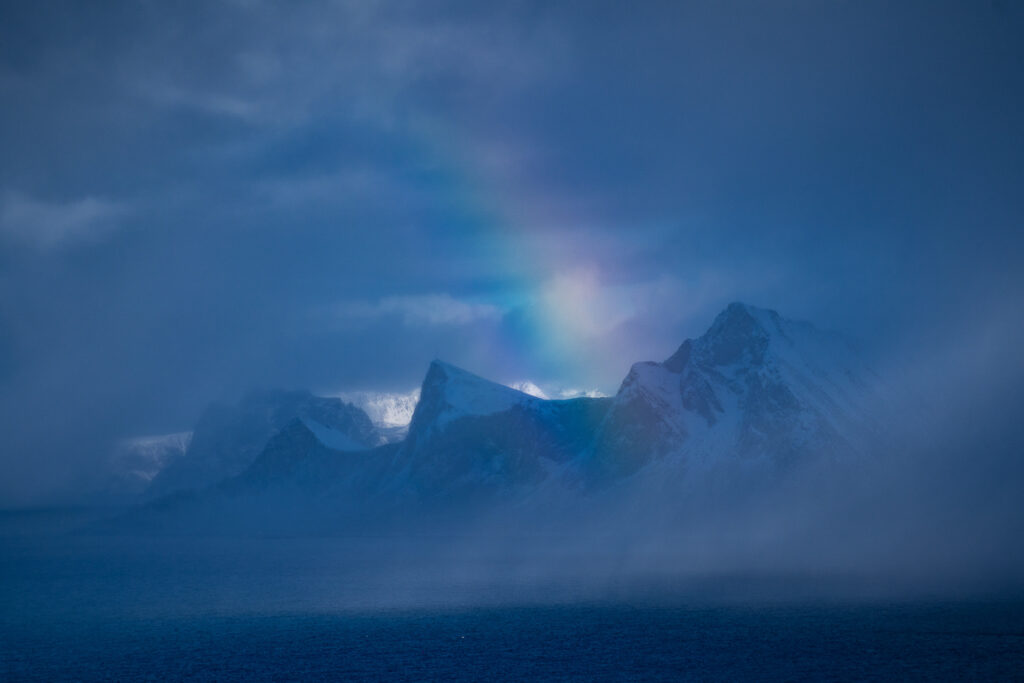
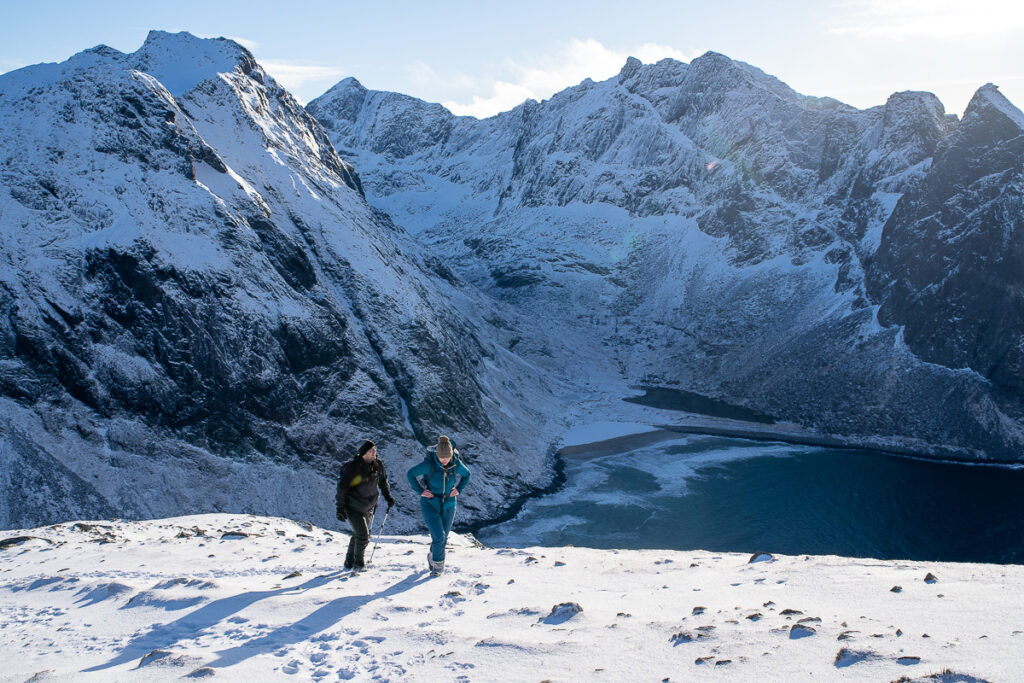
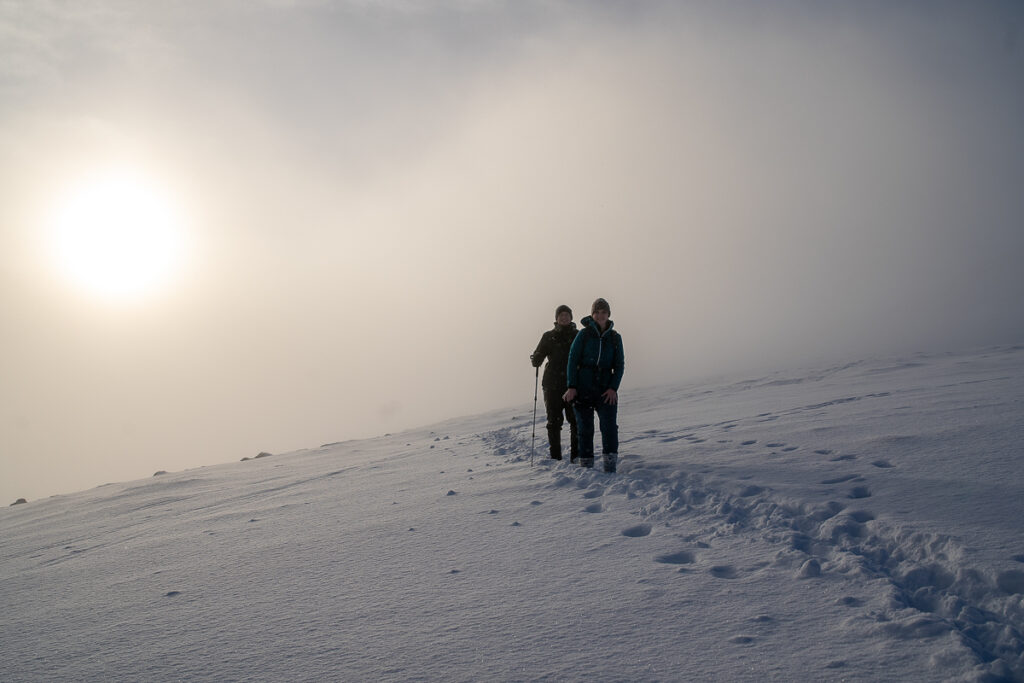
Lofoten in March: The Bottom Line
March can be a perfect winter escape—or a weird, slushy mix of seasons. If you want snow, longer daylight hours, and a last chance for northern lights, it’s a solid month. But I know I keep repeating this, and I will say it again—the weather here is unpredictable.
Lofoten sticks out into the sea, heavily influenced by the Gulf Stream, which means you can’t count on wintery, icy conditions being guaranteed. The temperature is constantly oscillating around 0°C, so while other Arctic destinations enjoy deep freeze, we get thaw-freeze chaos.
Lofoten’s climate is perfect for drying fish—not for creating a picture-perfect winter wonderland with subzero temperatures all season long.
Spring in Lofoten (April - May/June)
Spring in Lofoten is… kind of ugly. Late April and early May are a weird in-between season—the snow is melting, but the landscape isn’t green yet. Instead, you get a dull mix of brown, grey, patches of ice, and the occasional depressing snowstorm. If you love moody, dramatic landscapes, it has its charm. But if you’re expecting blossoms, warm weather, and lush greenery, you’re in for a reality check.
By late May, things finally start looking better. The midnight sun returns, the roadsides burst into bloom, and Lofoten is blissfully empty before the summer rush. If you want solitude, this is actually a great time to visit. Just don’t expect summer vibes—you’ll still need a warm jacket and waterproofs.
Pros and Cons of Visiting Lofoten in Spring
- Almost no tourists – you’ll have places to yourself.
- Midnight sun starts in late May.
- Accommodation prices are lower than in summer.
- Great for birdwatching.
- The landscape is brown and dull in early spring.
- Weather is unpredictable—could be sunny or snowing.
- No northern lights—too bright.
- Hiking trails are still snow-covered or very muddy.
Lofoten in April
April in Lofoten is a month in transition—winter is fading, but spring hasn’t quite arrived.
The first half of the month usually brings stable, snowy weather, making it a great time for photography, skiing, and exploring. But by the second half, the snow starts melting, and instead of a winter wonderland or lush spring, you get a dull, brown, and lifeless landscape. Second half of April not the prettiest time to visit.
April is also the end of aurora season. By mid-month, the nights are too bright, so if you’re coming for northern lights, the first half of April is your very last chance.
Tourism slows down in Western Lofoten (Reine area), making it a quiet time with few visitors. But in the Eastern Lofoten (Svolvær area), April is prime skiing season, with good snow in the mountains and plenty of locals making the most of the last winter days.
Weather and Daylight in Lofoten in April
- 🕒 Daylight Hours: 14 - 18 hours
- 🌅 Sunrise/Sunset: Apr 1: 06:15 – 20:06 | Apr 15: 05:14 - 20:59
- 🌡️ Temperatures: -4°C to 7°C (25°F to 45°F)
- ✅❌ Aurora: First half of April, then no
- ✅❌ Snow: First week(s) of April, then just on the mountains

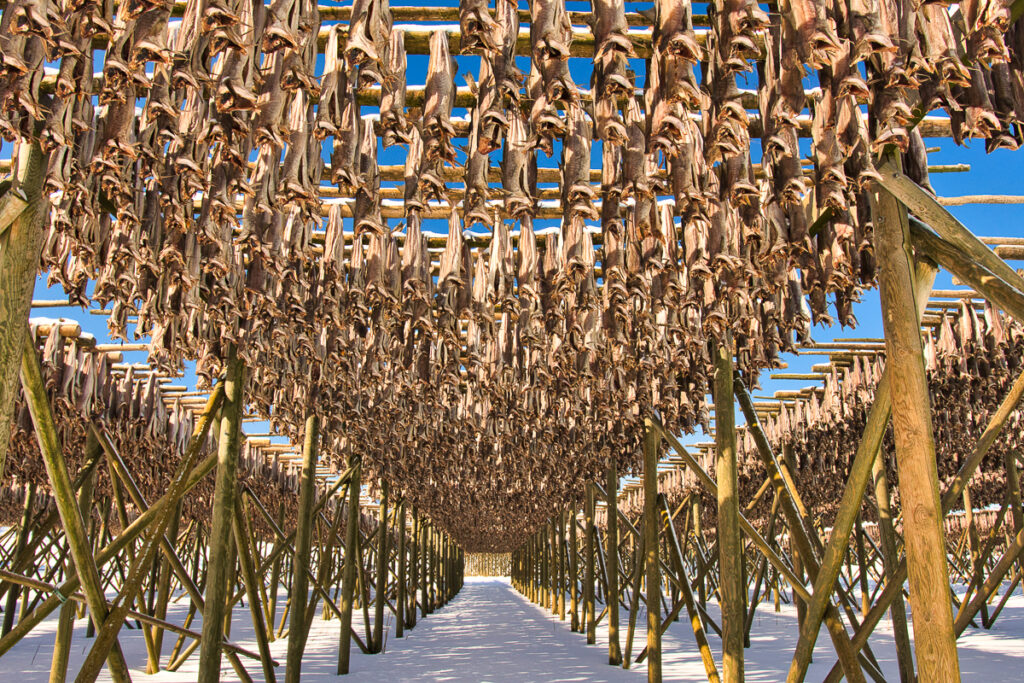
Lofoten in May
May in Lofoten is still very much a transition month—not winter, not quite summer. The landscape is mostly brown, muddy, and still waking up. You’ll see snow patches hanging on in the hills, dead grass trying to turn green, and a general “almost there” vibe. Things start looking better toward the end of the month, with wildflowers popping up and longer, lighter days—by late May it doesn’t get dark at all and the midnight sun period starts.
If you’re after peace and quiet, this is a great time to visit. There are hardly any tourists around, plenty of space, and no crowds fighting over the stairs to Reinebringen. That said, a lot of places are still in off-season mode, so expect limited opening hours or things simply being closed.
As for the weather—don’t try to plan around it. May can bring sunshine and 15°C one day, and wind, sleet, and 3°C the next. It changes fast and doesn’t care about your plans. Just pack windproof and waterproof layers and be ready for anything.
One bright spot is 17th of May, Norway’s Constitution Day. Even the smallest villages celebrate with parades, flags, marching bands, and locals dressed in their best bunad. It’s a fun day to be here—and a good excuse to eat ice cream no matter the weather.
Weather and Daylight in Lofoten in May
- 🕒 Daylight Hours: 18 - 24 hours (Midnight Sun)
- 🌅 Sunrise/Sunset: May 1: 04:02 – 22:06 | May 15: Continuous daylight
- 🌡️ Average Temperatures: 3°C to 16°C (37°F to 61°F)
- ❌ Aurora: No - it is too bright.
- ❌ Snow: Mostly gone, except in the mountains.
When to Visit Lofoten: Conclusion
So… when should you visit Lofoten? That depends on what you want – and how much you’re willing to risk. Because Lofoten is not a postcard-perfect destination that behaves according to your holiday schedule. It’s wild, unpredictable, and absolutely worth it – if you come prepared.
We’re not here to sugarcoat things – the weather might surprise you, the crowds might frustrate you, and your plans might get thrown out the window by a sudden storm.
But if you pack the right gear, a flexible mindset, and solid travel insurance, you’ll have an unforgettable trip no matter when you come.

Ivar & Radka
Hi! We are Ivar & Radka, an international couple who runs the Guide to Lofoten. We met in Trondheim and lived together in western Norway, Narvik and Tromsø. At the moment we call western Lofoten our home. We hope our page will make it easier for you to explore the beautiful places that made us chose Norway for our home.


